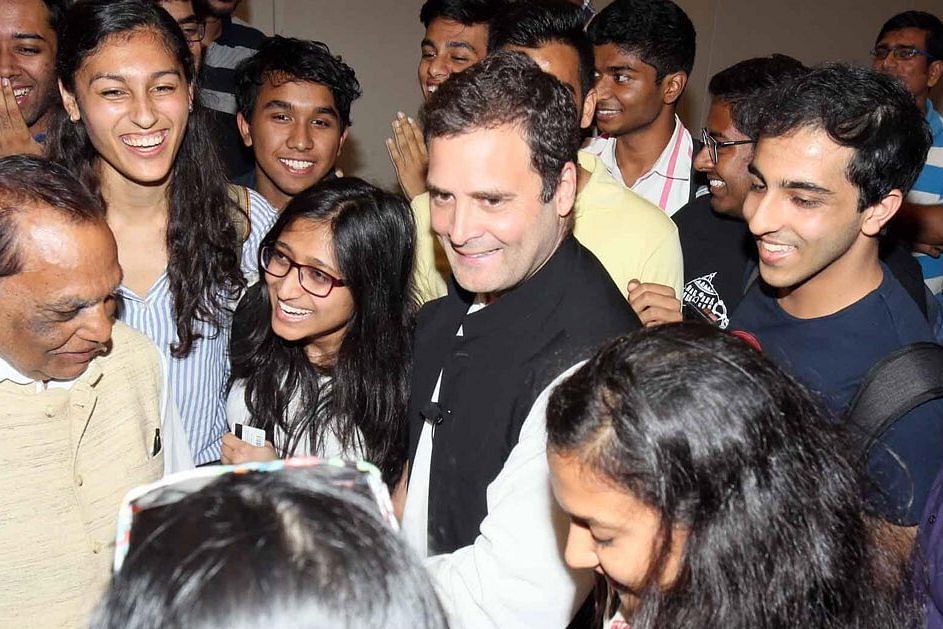Asked why the Congress chose postcards to woo a generation raised on mobile phones and social media, the party said it was bid to highlight the “poor internet and mobile penetration in the state”.
New Delhi: A beloved mode of communication from the good old days has emerged as the Congress’ weapon of choice to woo the internet generation and target the BJP on what it describes as PM Modi’s two failed endeavours – development and Digital India.
It’s postcards.
Led by Modi, the BJP swept to power in 2014 on the promise of ‘sabka saath, sabka vikaas (support from everyone, development for everyone)’. Digital India, on the other hand, is a flagship initiative of the NDA government that seeks to “transform India into a digitally empowered society”.
According to a report by ThePrint’s Kumar Anshuman, this week, members of the Congress’ student wing, the NSUI, will fan out across BJP-led Chhattisgarh, armed with postcards. The state goes to polls later this year.
This is part of the party’s efforts to reach out to the estimated 15 crore across the country likely to make their voting debut in 2019.
Chitthi aayi?
The plan is for NSUI leaders to travel to different districts and ask the latest generation of millennials, “Have you seen ‘vikas’ in your district?” If they say no, the members will encourage the youths to send a postcard to CM Raman Singh with the question “where is vikas?”.
Asked why the Congress chose postcards to woo a generation raised on mobile phones and social media, AICC joint secretary and NSUI in-charge Ruchi Gupta said it was bid to highlight the “poor internet and mobile penetration in Chhattisgarh”.
On the face of it, the clarification defies the Congress’, as well as the BJP’s, 2013 campaign, when they had taken to social media, smartphones, WhatsApp and voice calls to reach out to voters in the state.
However, Aam Aadmi Party social media strategist Ankit Lal, author of the book India Social, said the move might have some merit. “As a tool, postcards have proven to have a considerable political impact. They’re not new to the political world,” he said.
“In 2017, even the AAP’s women wing wrote 10,000 postcards to PM Modi over women’s safety. The method may be a little outdated, but sometimes, it does turn out to be effective.”
Interestingly, while the country continues to pursue higher internet speeds, postcards and inland letters continue to thrive.
What’s left to be seen now is whether the millennials of Chhattisgarh take to writing postcards to their politicians, or, in a bid to equal their more cosmopolitian peers, shun the method and the politics behind it.
